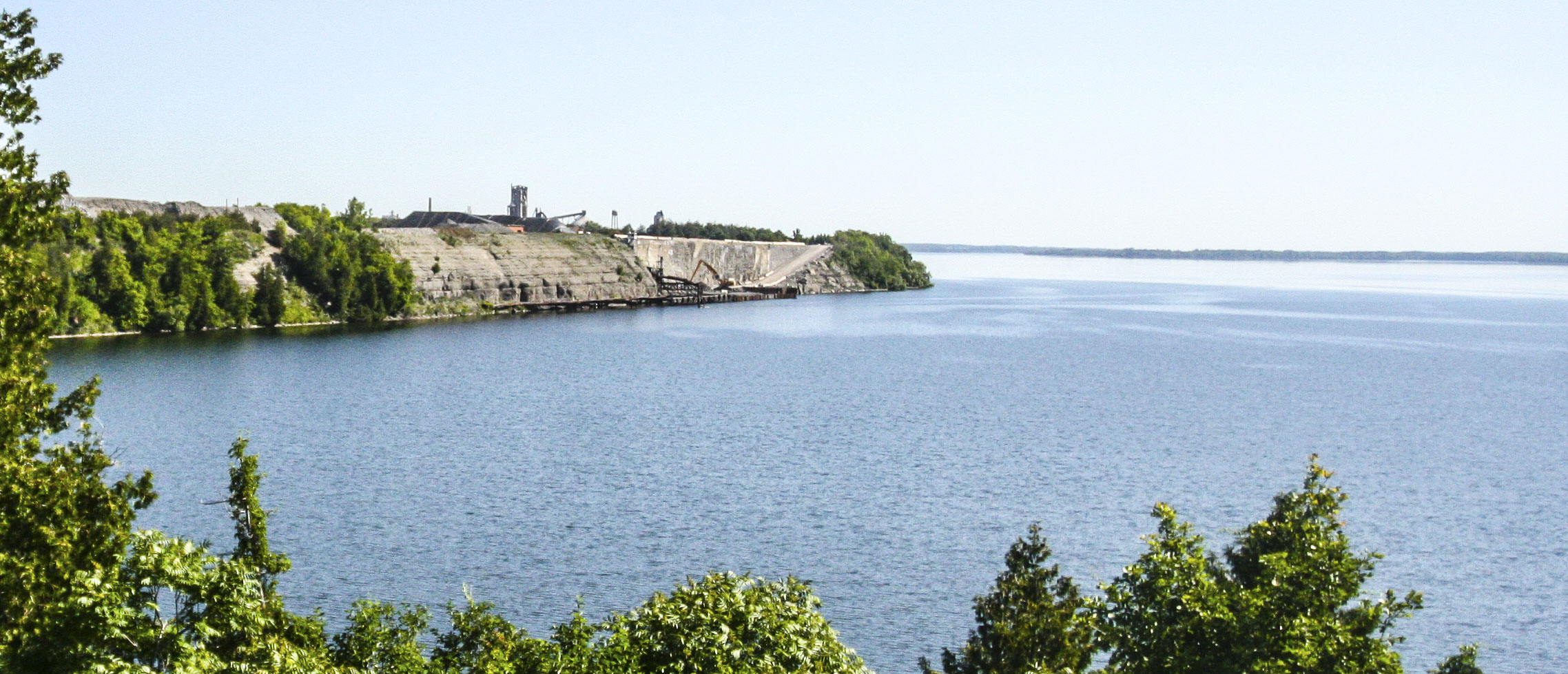County News
Unfair criticism

Picton Terminals says it is working to protect Picton Bay, not harm it
Ben Doornekamp says neighbours on Picton Bay are ignoring environmental issues that have existed at the Port of Hallowell Salt Docks site for two decades. Issues he says predate his company’s ownership. Issues he says Picton Terminals is working and investing to correct since purchasing the port in 2014.
Salt has been offloaded, stored and distributed from the site since 1993. Since then, Picton Terminals has worked with the Ministry of the Environment and Climate Change (MOECC) to fix the pre-existing runoff issue, according to Ben Doornekamp.
“Our salt containment plan eliminates all salt leaving our property,” said Doornekamp. “We should have approvals to begin construction by mid-July.”
He says other criticisms levelled at his company in The Times story, Port in a Storm, on June 22 unjustly paint Picton Terminals as insensitive to the environment in Picton Bay.
“Everything we have done has been done with the support and approval of the Ministry of Natural Resources and Forestry, MOECC, Quinte Conservation and the Department of Fisheries and Oceans,” said Doornekamp. “This includes the dock access road, salt containment plans, dock infill, pump house rehabilitation and a new barge dock— still in the approvals process.
“We are not perfect, but we have done everything to date within all guidelines and we have been the ones reaching out to these regulatory agencies and the County to invite them to our site, to show them our plans and to ensure everything is right,” said Doornekamp.
Yet a growing number of residents on Picton Bay are increasingly uneasy about the prospect of dozens more ships plying the shallow waterway.
But Doornekamp points to the rigorous screening process foreign ships must pass before entering the seaway system.
“The federal government has a specific group that very tightly monitors anything and everything on vessels coming into the seaway and Great Lakes from the ocean.”
No ships in the seaway are permitted to draught more than eight metres and wouldn’t pass through the lock system if they did, according to Doornekamp.
He adds that the biggest ships coming into Picton Bay are same ones that have unloaded at Essroc and the Picton Terminals dock without issue for the past 25 years.
What about Picton’s water? The municipality has plans to extend the intake pipe for Picton’s water supply 1,700 metres out into Picton Bay. A 2014 study commissioned by the County notes that the matter of large ships visiting both the Essroc and Picton Terminals docks must be factored into the decision about placement of the new water intake.
Doornekamp says that between 1955 and 1978, 50 iron ore boats, of the same draught and scale to the vessels arriving currently, plied the bay each year, docking at Port of Hallowell (now Picton Terminals). It is unfair, says Doornekamp, to single out his company for activities and practices carried out by others for decades. He adds that pleasure boats skim over the existing water intake at the shallowest part of the bay—many much closer to the pipe than the ships arriving at Picton Terminals.
The water depth at the Picton Terminals docks and water lot was dredged to 10 metres in 1953. A 2015 survey found the water depths virtually unchanged in the intervening sixty years. He underlines the fact that ships in the seaway system are prohibited from draughting deeper than eight metres, providing a two-metre buffer.
Picton Terminals has also dramatically scaled back its estimate of the number of boats that will visit the dock each year. Over the next five years, he expects to receive a maximum 20 vessels annually, down from the 100 estimated just a few months ago. Some expected contracts didn’t pan out but Doornekamp is content with this scale of activity.
He is eager to see the barge facility developed. He expects it to have a smaller footprint than the existing dock and serve barges that draught “about the same or less than the Stephen B. Roman.”
Future projects are using barge vessels which draught about same or less than the Stephen B. Roman when loaded and are much smaller than the Stephen B. Roman.
Doornekamp insists that Picton Terminals has been a good neighbour on Picton Bay—cleaning up problems left by others. He says his company has scaled back plans that would have seen much more of the cliff face blasted away. Picton’s water intake location has always considered the fact that ship traffic navigates the bay and has done so for decades.
Further, he says Picton Terminals welcomes dialogue—indeed, it has initiated discussion through an open house event. But he believes technical and regulatory issues should be informed by experts and the appropriate authorities.
“If citizens present facts and expert opinions, we’re all ears and always have been,” said Doornekamp.

good work picton terminals